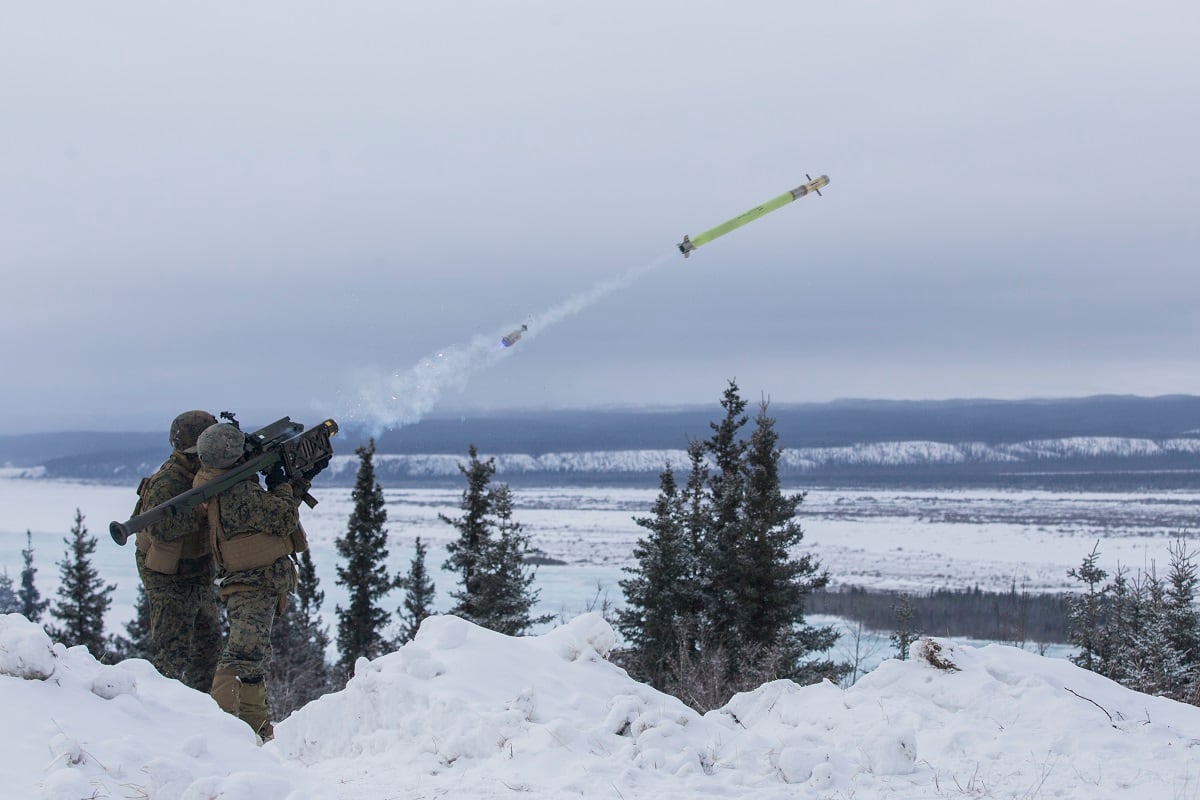The sprawling Twentynine Palms, California, training center has served the Marine Corps well, preparing Marines for the desert terrain of the Middle East and mountains of Afghanistan.
But as the Corps looks to a fight in other climes, Alaska may prove a better location to prep for the big fight.
At least that’s the opinion of a Marine lieutenant who penned an article for West Point’s Modern War Institute, and an Alaskan senator who temporarily held up the confirmation for Commandant of the Marine Corps Gen. David Berger.
And the idea is not too far-fetched.
According to Military.com, Sen. Dan Sullivan, R-Alaska, has asked Berger to consider Marine bases in Alaska at Port MacKenzie, a mountain-warfare training center in Palmer, Alaska, and an amphibious training base in Adak, Alaska.
Sullivan dropped his hold on Berger’s confirmation in June, but he told Marine Corps Times in mid-July that “the hold was related to Arctic and national security concerns.”
Berger became commandant following a passage of command ceremony July 11.
Military.com reported that Berger is considering a unit deployment style program for Alaska, similar to the rotations that Marines do through Okinawa, Japan.
“Before forming an opinion on adding a new Marine Corps base anywhere — including Alaska — I would need a much deeper understanding of such factors as overall equipment allocation and distribution plans; infrastructure assessments and [military construction] estimates; access to appropriate training venues; available funding; Navy supportability (amphibious ship and surface connectors); and sustainability from an installations perspective,” Berger wrote in a response to questions posed by Sullivan, according to Military.com.
Capt. Joseph Butterfield, a Marine spokesman, told Marine Corps times that about 3,300 Marines rotate through Alaska each year for training. Any new unit deployment program or military installation would be a considerable Marine buildup in Alaska.

But what does Alaska offer the Corps? According to Marine 1st Lt. Walker D. Mills — who wrote “Terrain Matters: Training and Basing in Alaska," for Modern War Institute in February while he was a student at Defense Language Institute — Alaska provides the perfect terrain for the Corps to train its forces in contested littoral operations and experiment with new future fighting concepts.
“Our units need to be familiar with amphibious, bridging, fording, and small-boat operations," Mills wrote. “Deploying a rotational force of Marines to Alaska, along similar lines as the Unit Deployment Program in Okinawa, Japan, would provide much-needed arctic and littoral training opportunities and serve as a forward presence and a deterrent in the Arctic.”
“The Aleutian Island chain stretches for hundreds of miles and is littered with austere and unused airfields left over from World War II. These islands and their airfields offer the perfect terrain for testing expeditionary airfield operations, distributed operations, and littoral operations,” Mills wrote.
The premier training centers in California at Fort Irwin and Twentynine Palms “have served the Army and Marine Corps well over the last decades," Mills wrote, but as the military faces new threats in new climes and terrain it may be time to train elsewhere.
“The lessons we learned in the Mojave served the force well in the Middle East, but lessons for the littorals and the Arctic will have to be learned in Alaska," Mills said.
The Senate is considering a review of the Corps plan to distribute its forces across the Pacific. The Senate is asking for details of “alternative locations for basing” in places such as Alaska, Hawaii, Japan and Oceania, among others, according to the Senate’s most recent version of the annual defense legislation.
Shawn Snow is the senior reporter for Marine Corps Times and a Marine Corps veteran.





